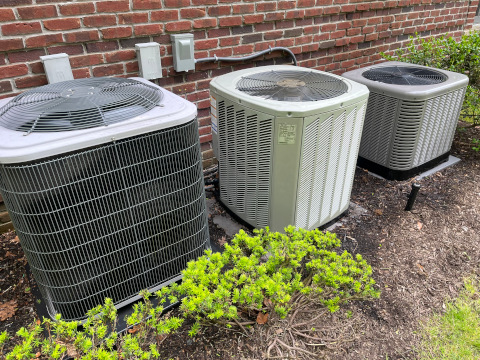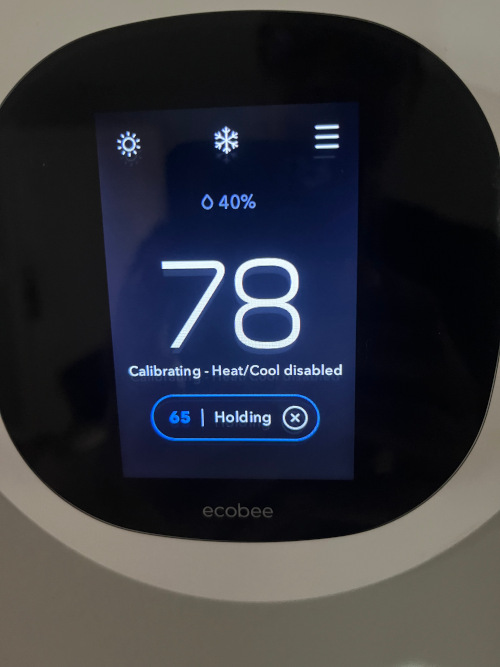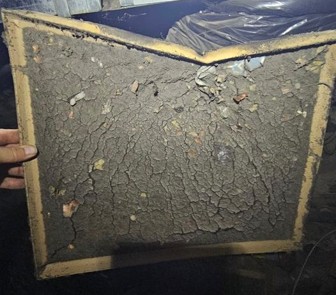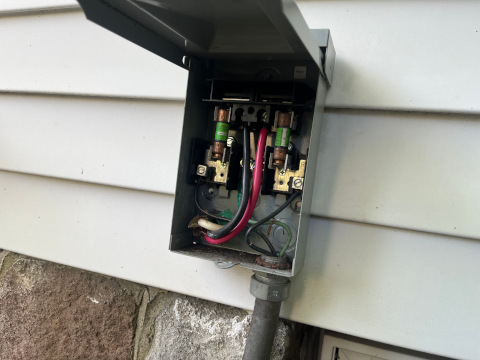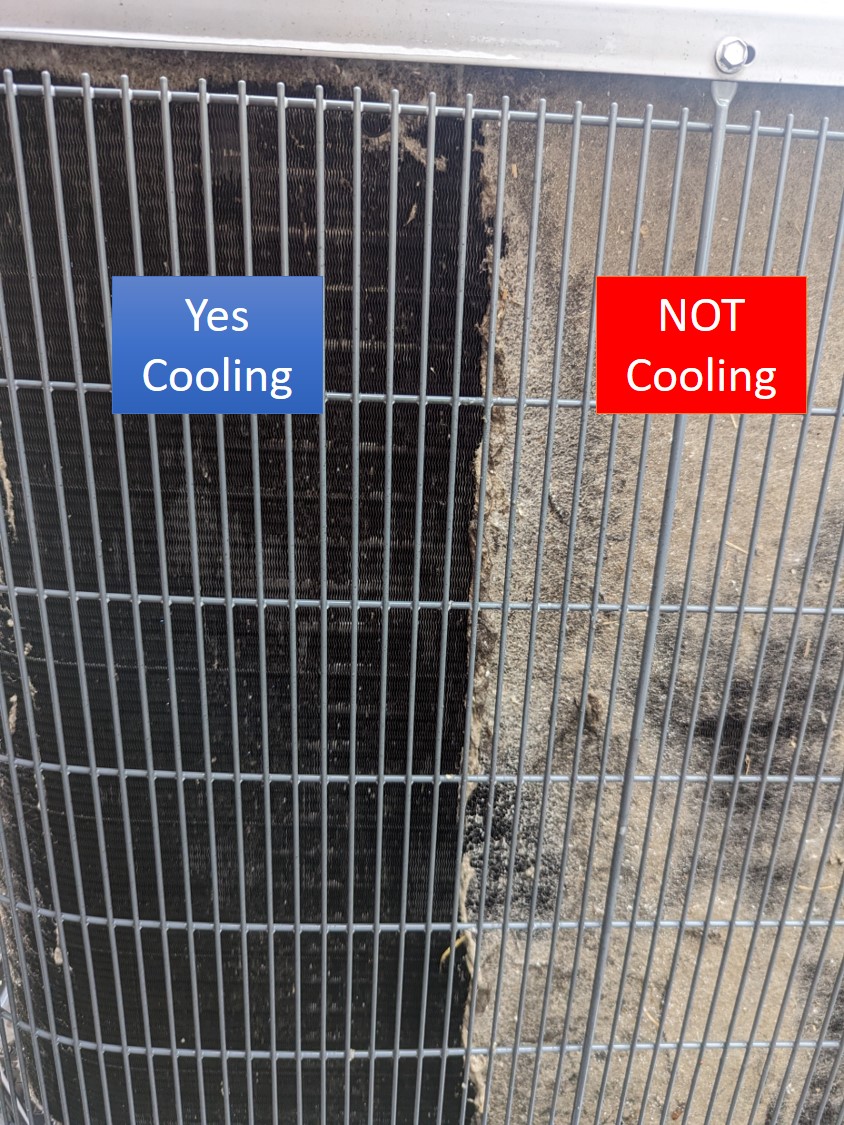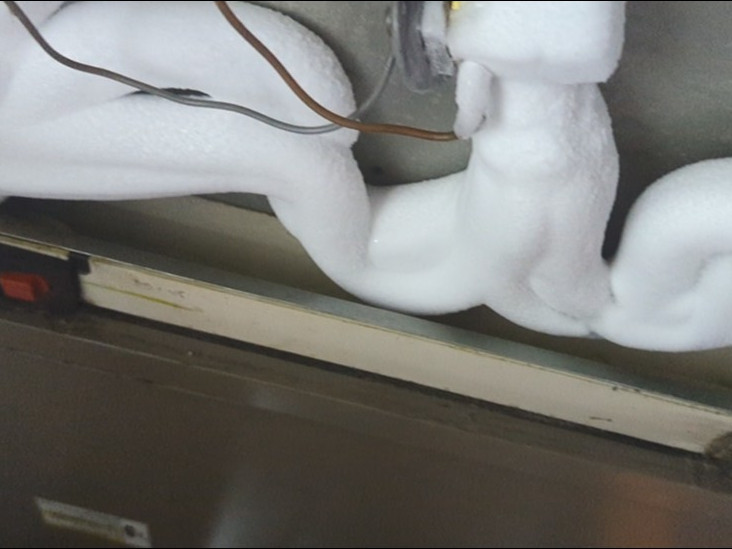There are numerous factors that contribute to the longevity of a walk-in cooler or freezer. These range from how often the door is opened to environmental stressors. Here are a few key considerations:
- Usage Frequency:
Frequent door openings in a busy restaurant, grocery store, or warehouse can lead to increased wear and tear, not only on the door seals but also on the refrigeration system. The more the door is opened, the harder the system has to work to maintain the desired temperature, putting additional stress on the compressor and other components. Over time, this can shorten the unit's lifespan. For units used in high-traffic areas, considering repair and preventive maintenance earlier in the lifecycle might be wise to avoid breakdowns.
- Environmental Factors:
The environment where the walk-in cooler or freezer is installed also plays a significant role in determining its lifespan. Indoor units, although protected from rain and snow, can still suffer if they are exposed to high indoor temperatures, excessive humidity, or poor ventilation, which can make the unit work harder. On the other hand, outdoor units face exposure to the elements, including rain, snow, UV rays, wind-blown debris, and hail. Over time, rust can form on exposed metal parts, particularly in regions with high humidity or salty air coastal areas. Weather extremes can cause units to cycle on and off more frequently, which may eventually lead to compressor failure or reduced efficiency.
- Operational Behavior:
Walk-in coolers and freezers are used to store a variety of perishable items, and the nature of what you store can influence the wear on your system. Storing uncovered acidic items such as cut tomatoes, citrus fruits, or vinegar can cause the evaporator coils to deteriorate more rapidly due to their corrosive nature. Salty foods, such as olives, pickles, cold cuts, and other brined or cured products, can have a surprisingly corrosive effect on copper pipes in evaporators over time, primarily through a process called galvanic corrosion. To extend the life of the evaporator and other components, ensure that highly acidic items are stored in sealed containers to limit their exposure to the internal cooling environment.
- Brand and Model:
Not all refrigeration units are created equal, and the brand and model you select will also impact your cooler's lifespan. Certain brands are known for durability, efficiency, and build quality. Leading manufacturers such as KeepRite, Russell, and Heatcraft offer systems that share common components but differ in the quality of protective features. For instance, some models come equipped with low-pressure switches, anti-short cycling time delays, and other features that help reduce wear on the compressor, which can ultimately extend the life of the entire system.
- Maintenance & Care:
Regular maintenance is perhaps the most critical factor when it comes to extending the life of your walk-in cooler or freezer. Preventative maintenance, including checking refrigerant levels, cleaning evaporator and condenser coils, replacing worn door gaskets, and inspecting electrical components, can help catch small issues before they become larger, more costly problems. As the saying goes, “Neglecting maintenance is a sure recipe for disaster.” — ZD. A walk-in cooler that is well-maintained can last between 10 to 15 years, and in some cases, more than 30 years.
